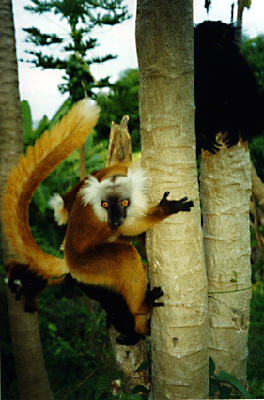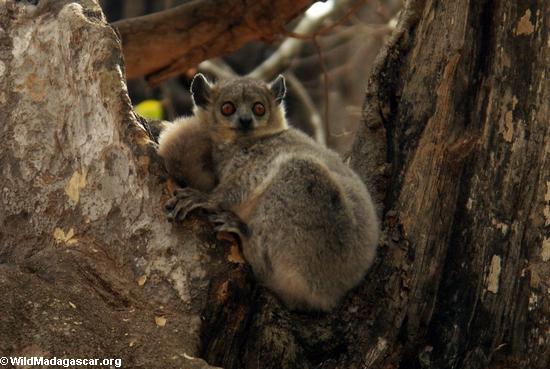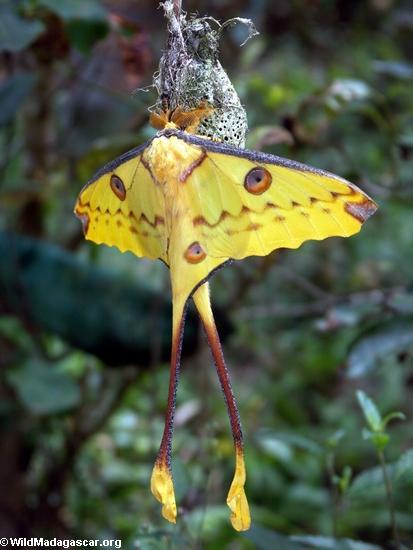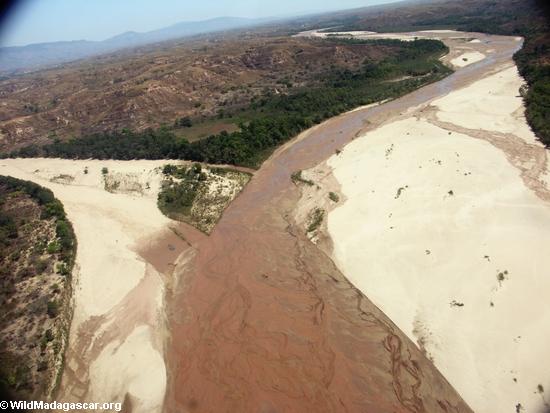http://www.ncmls.org/exhibits/explore-the-wild/lemurs
[http://www.boston.com/ae/tv/articles/2009/03/28/penguins_marches_to_its_own_beat/]
Madagascar's most famous inhabitant is the lemur. They are famous because the lemur can only be found in Madagascar. Lemurs also are, "most primitive groups of primates which have evolved into around 30 species"("Madagascar's Lemurs" 3). Due to the isolation of the island, lemurs were able to evolve over the course of millions of years. Lemurs also did not have predators to harm them. Competition is also not a factor because lemurs are herbivores. Some of them are nocturnal and most of them live on the rainforest trees. Lemurs also, "use their voices, smells, and legs for communication" ("Lemurs" 1). Lemurs are likely to suffer the most due to forest destruction as well as became a source of food for civilians, this is why so many are endangered and becoming extinct.
"Madagascar's Lemurs." Earth Watch Institute, n.d. Web. 25 Nov. 2012. <http://www.earthwatch.org/europe/downloads/Get_Invo:www.earthwatch.org/europe/downloads/Get_Involved/Lemurs_casestudy.pdf>.
"Lemurs." Bushhouse-madagascar.com. N.p., n.d. Web. 25 Nov. 2012. <http://www.bushhouse-madagascar.com/fauna-flora/lemurs>.











